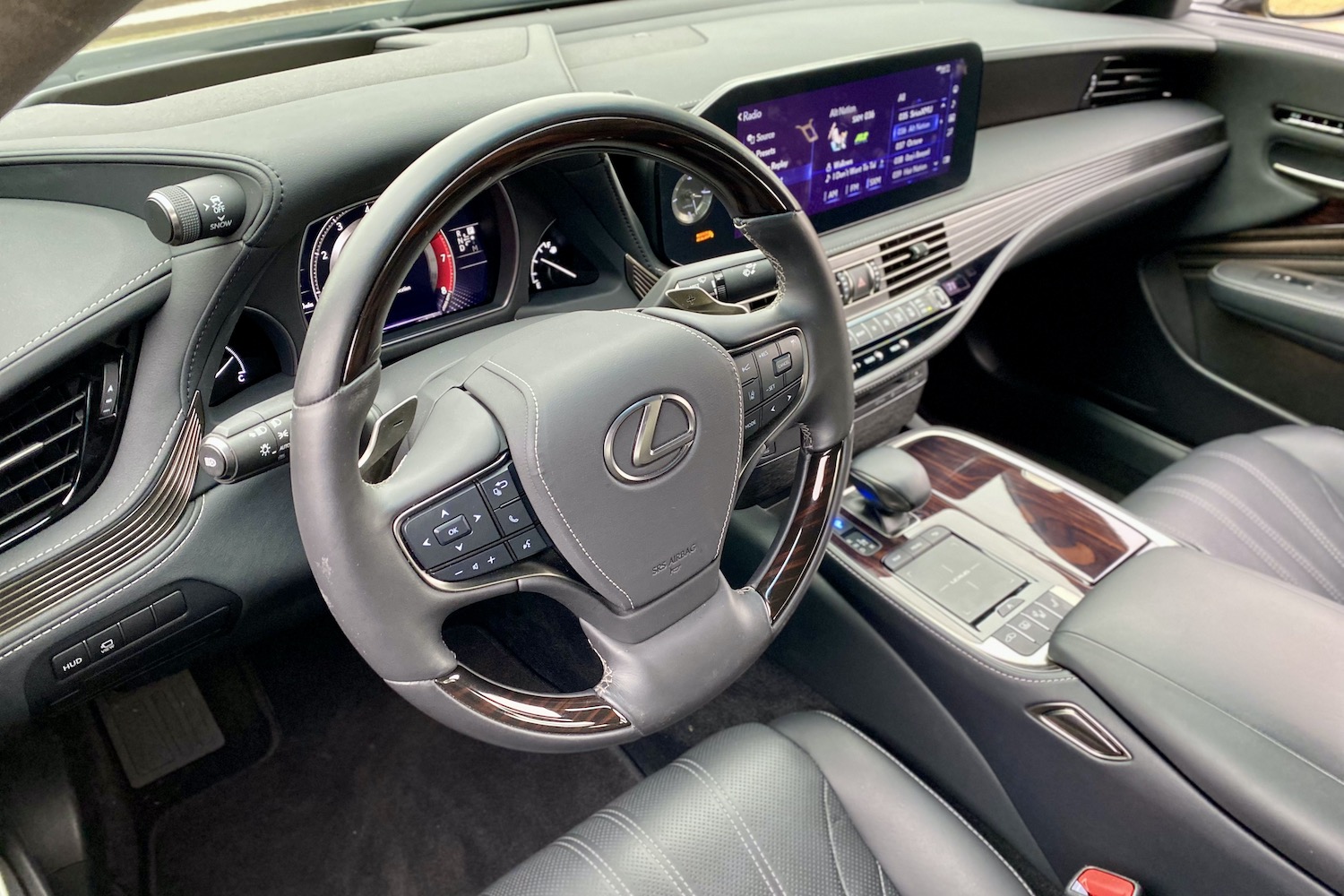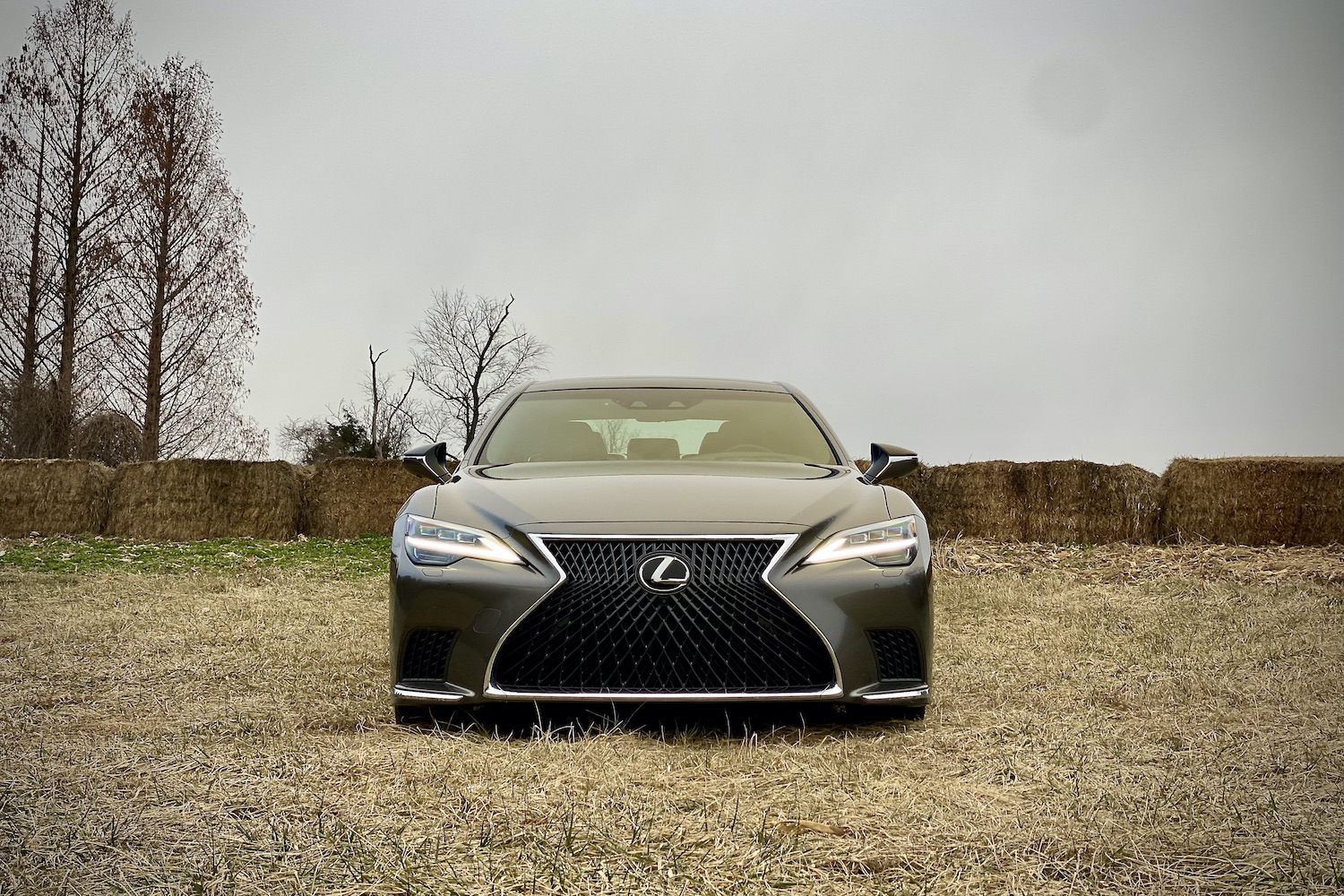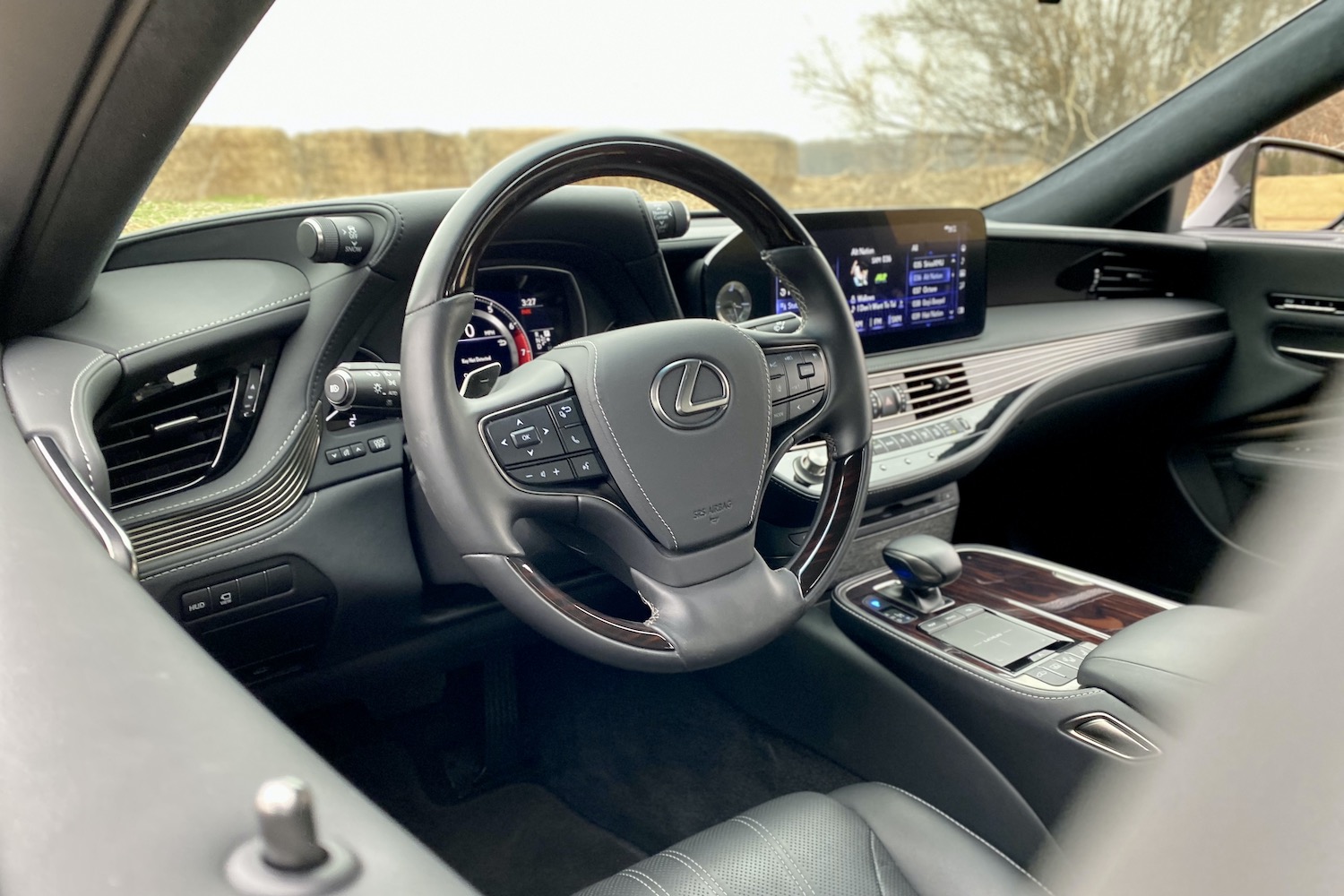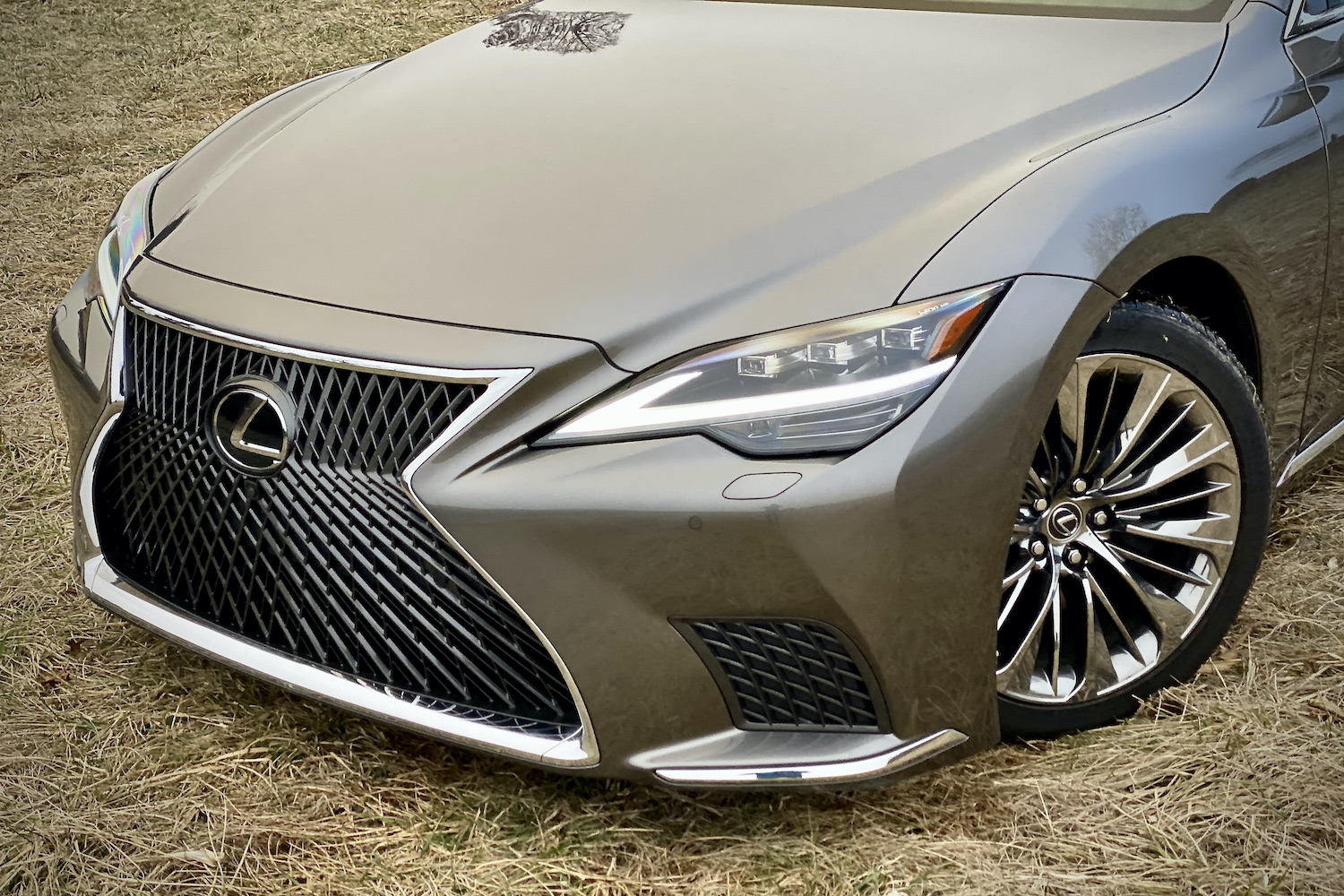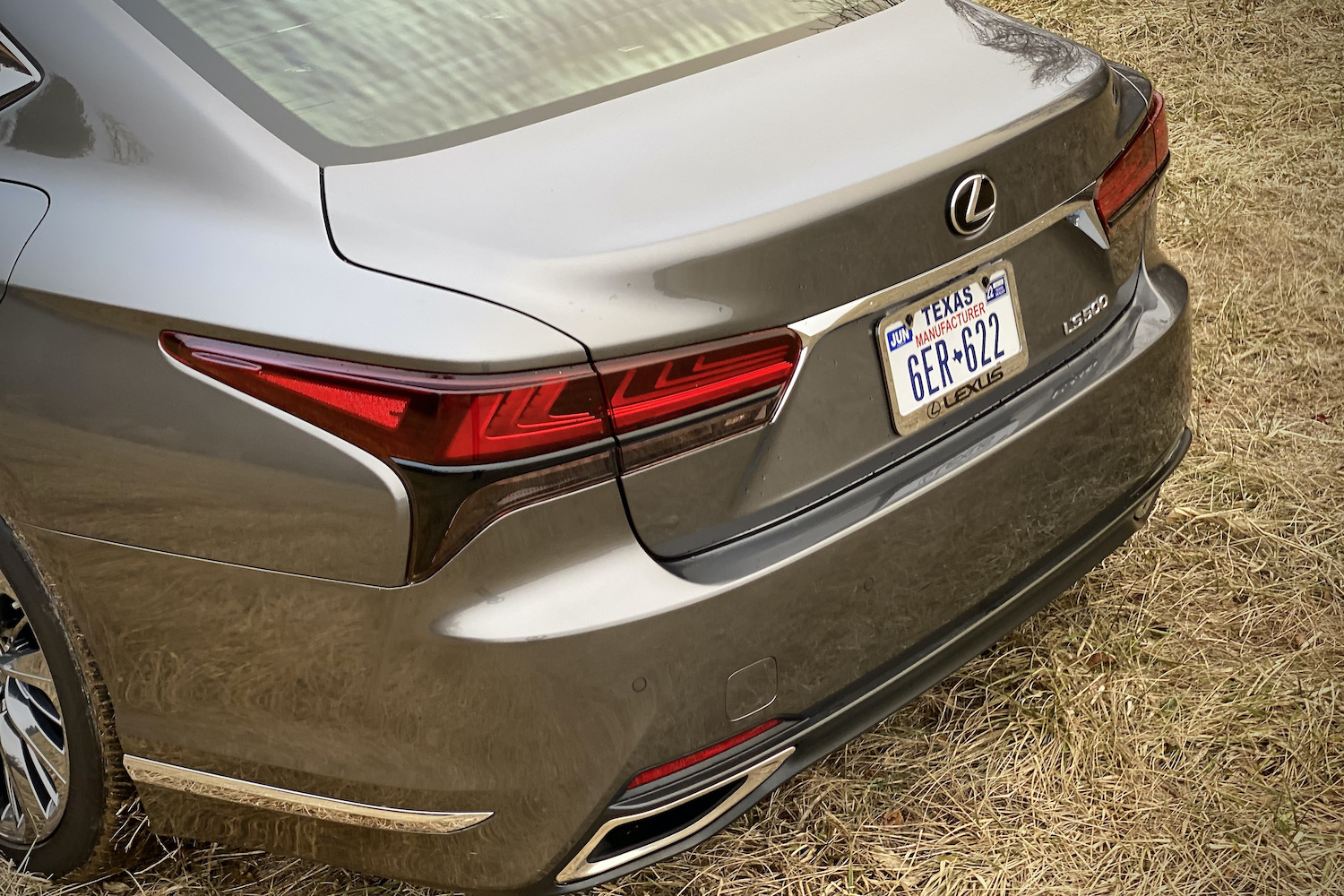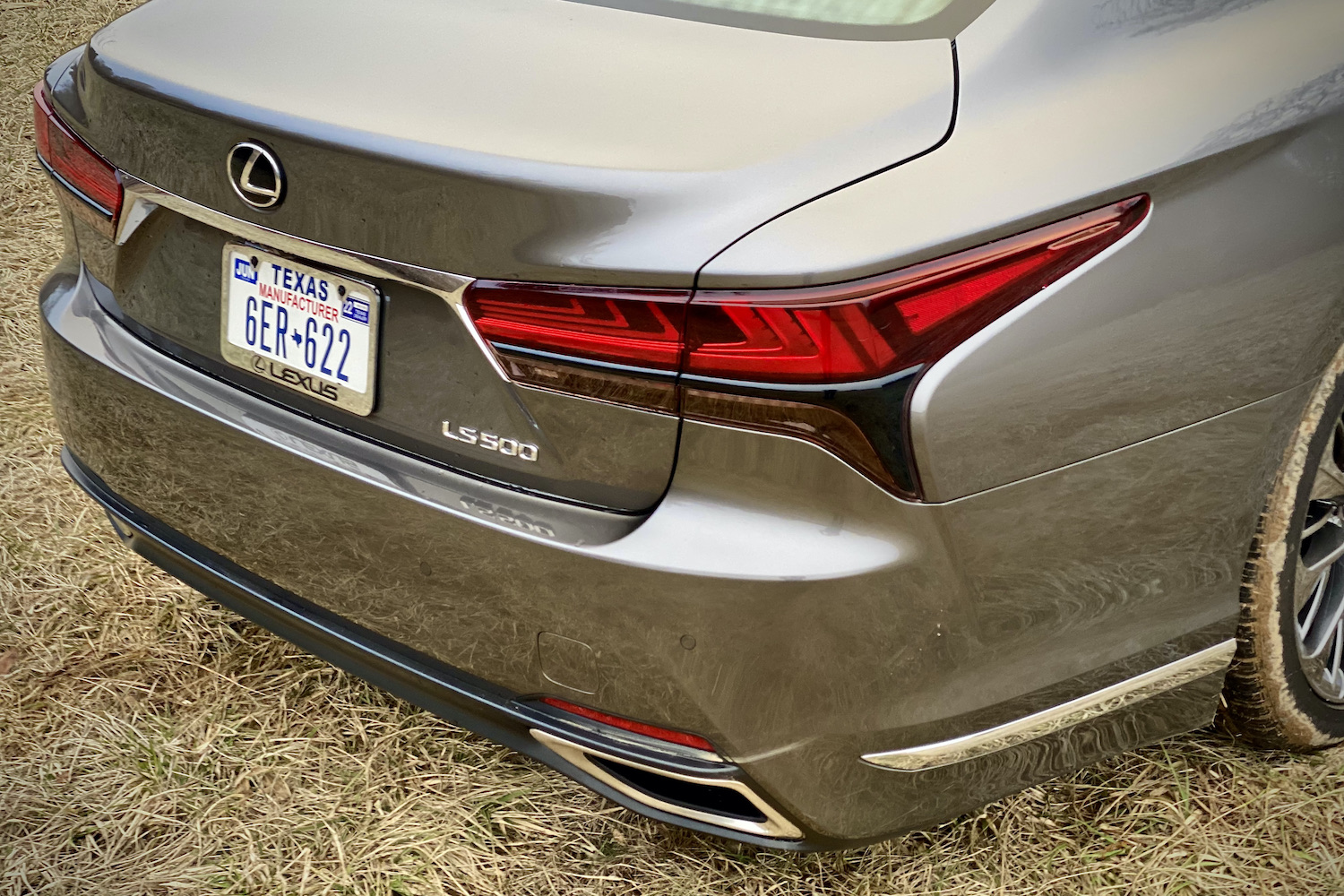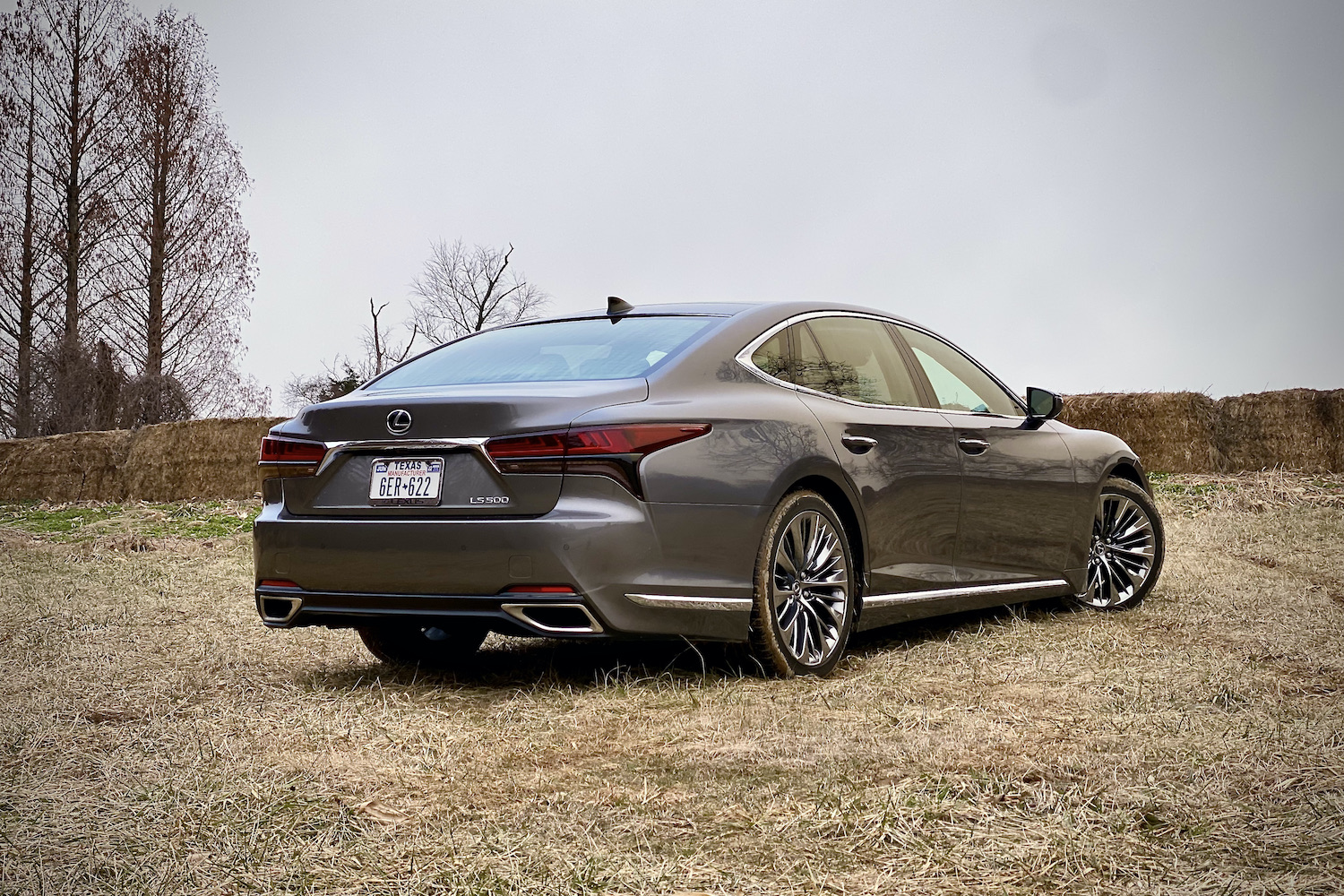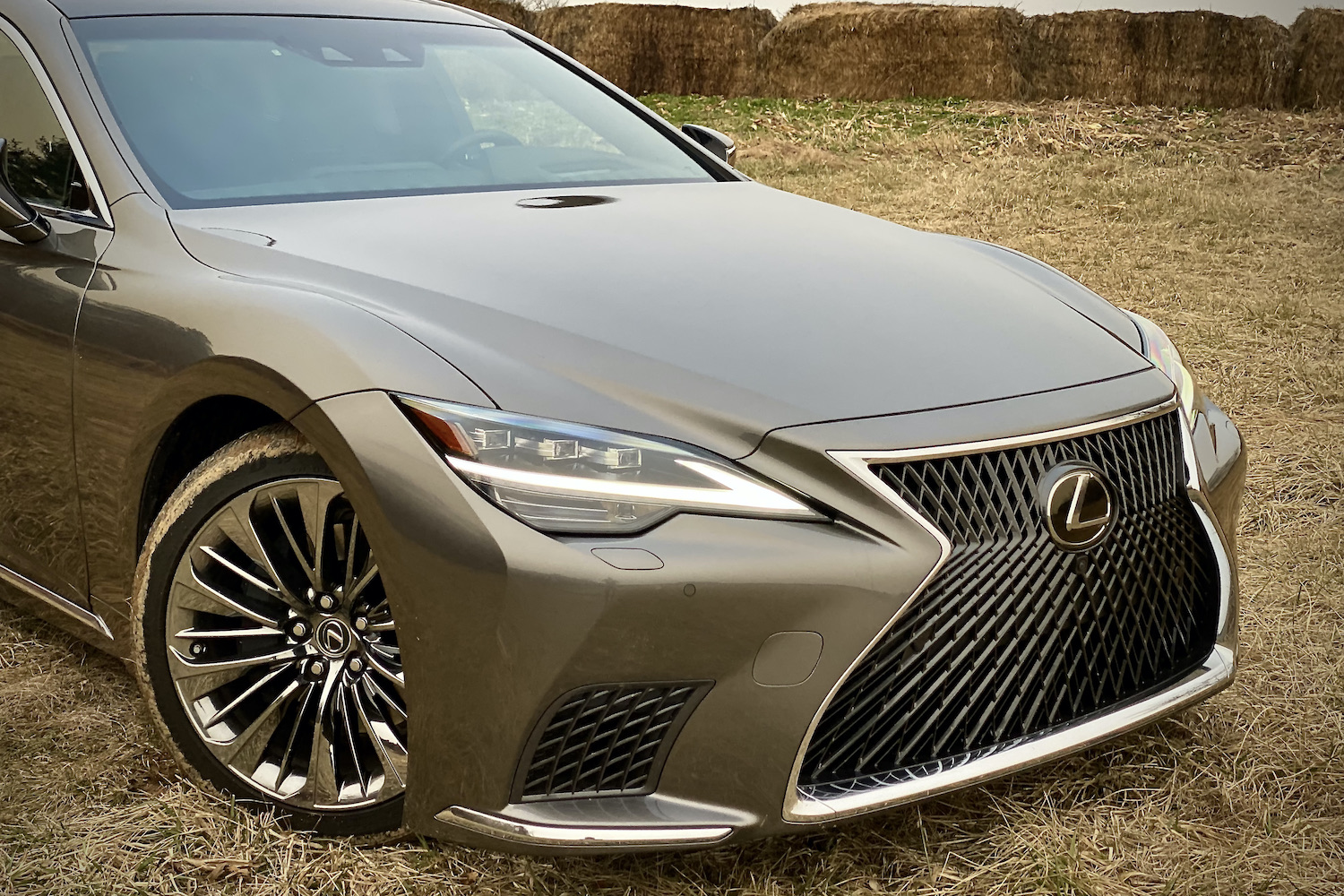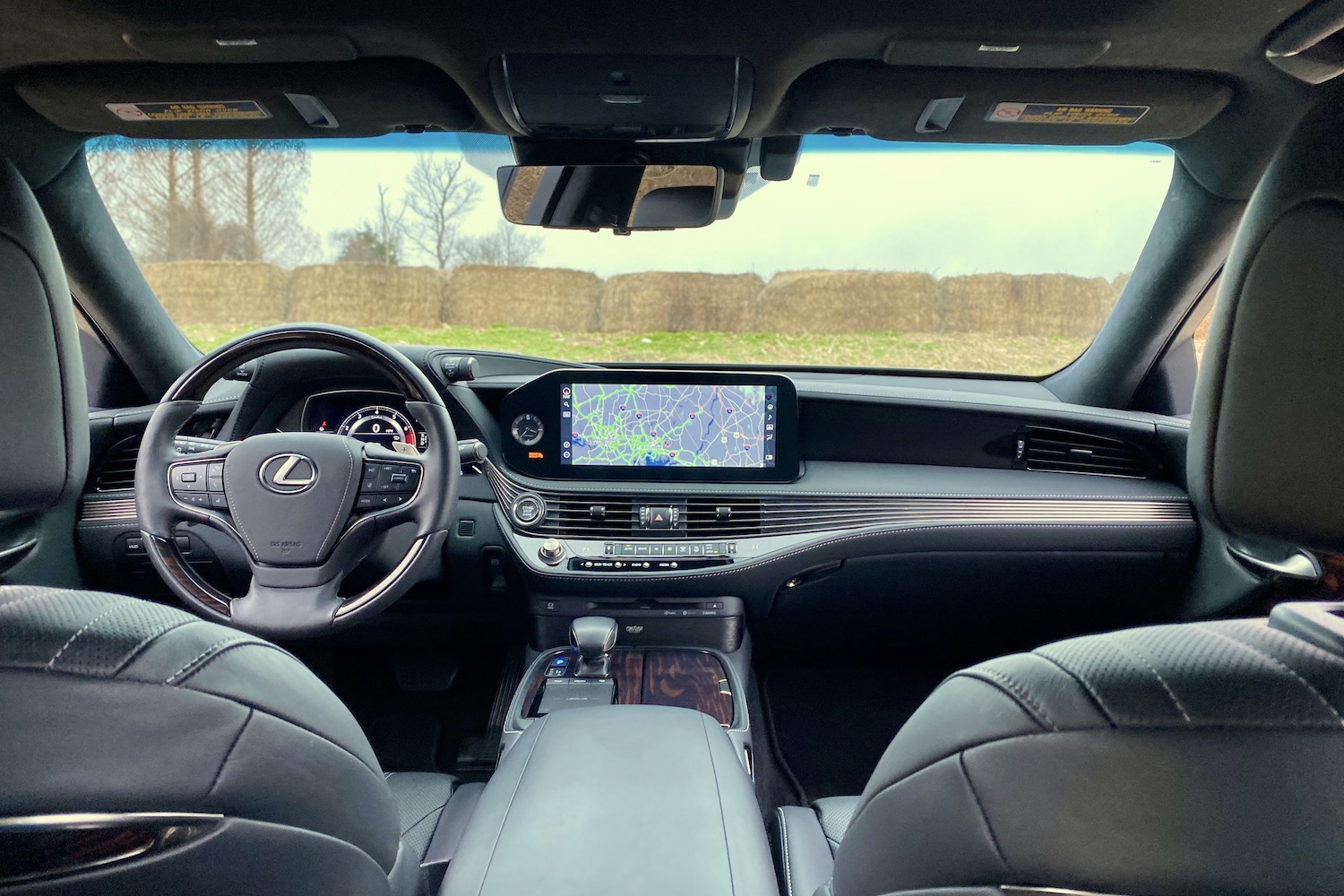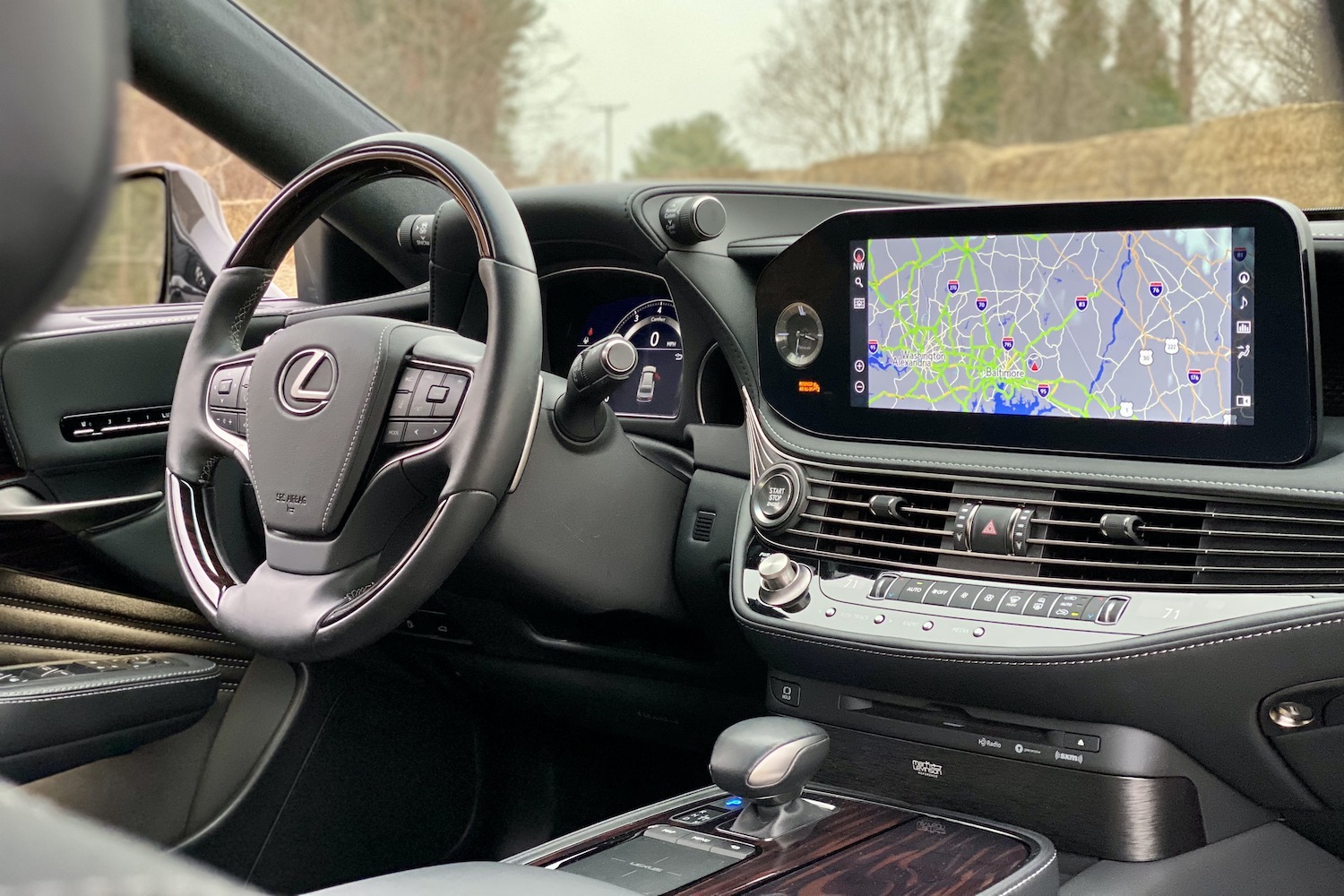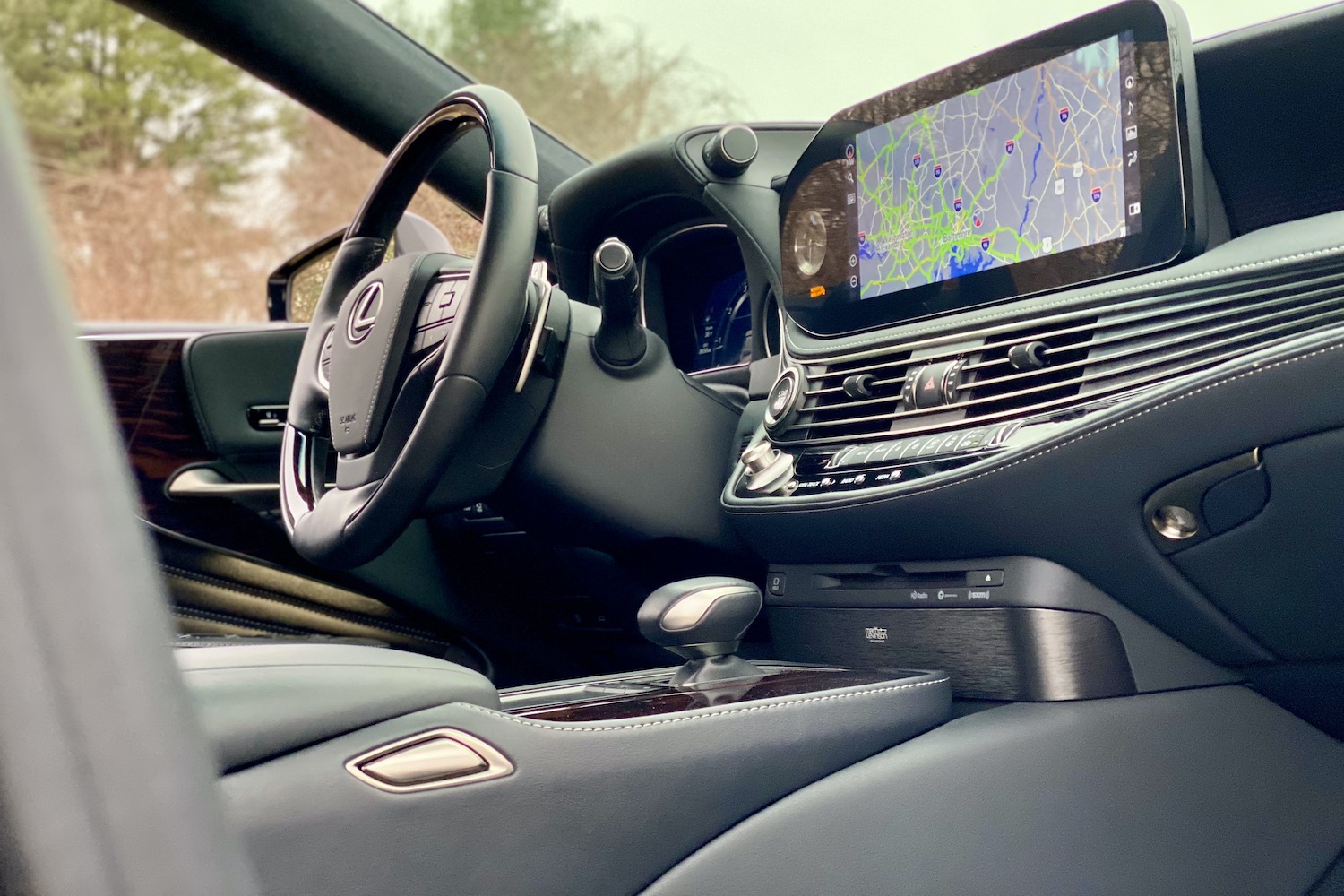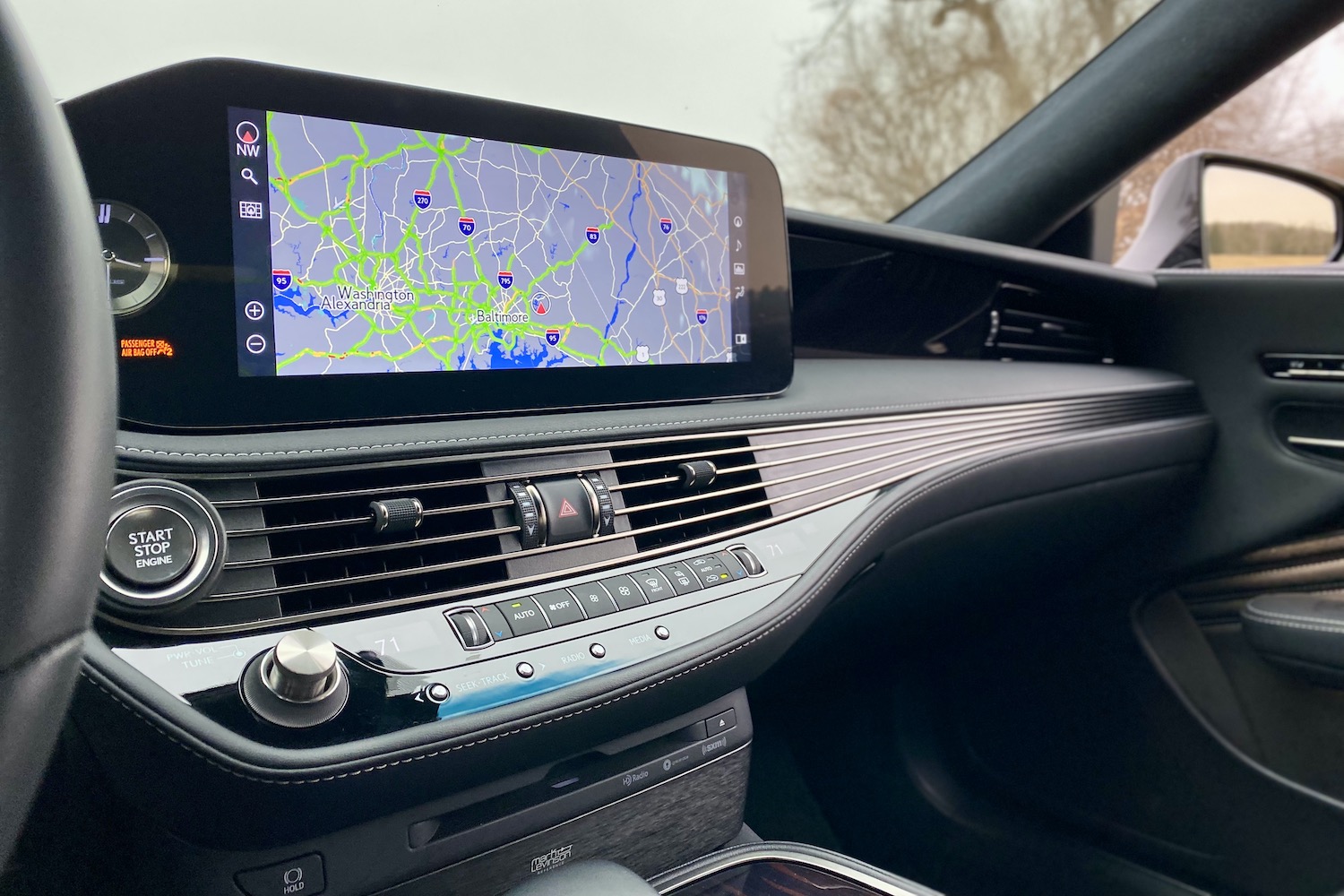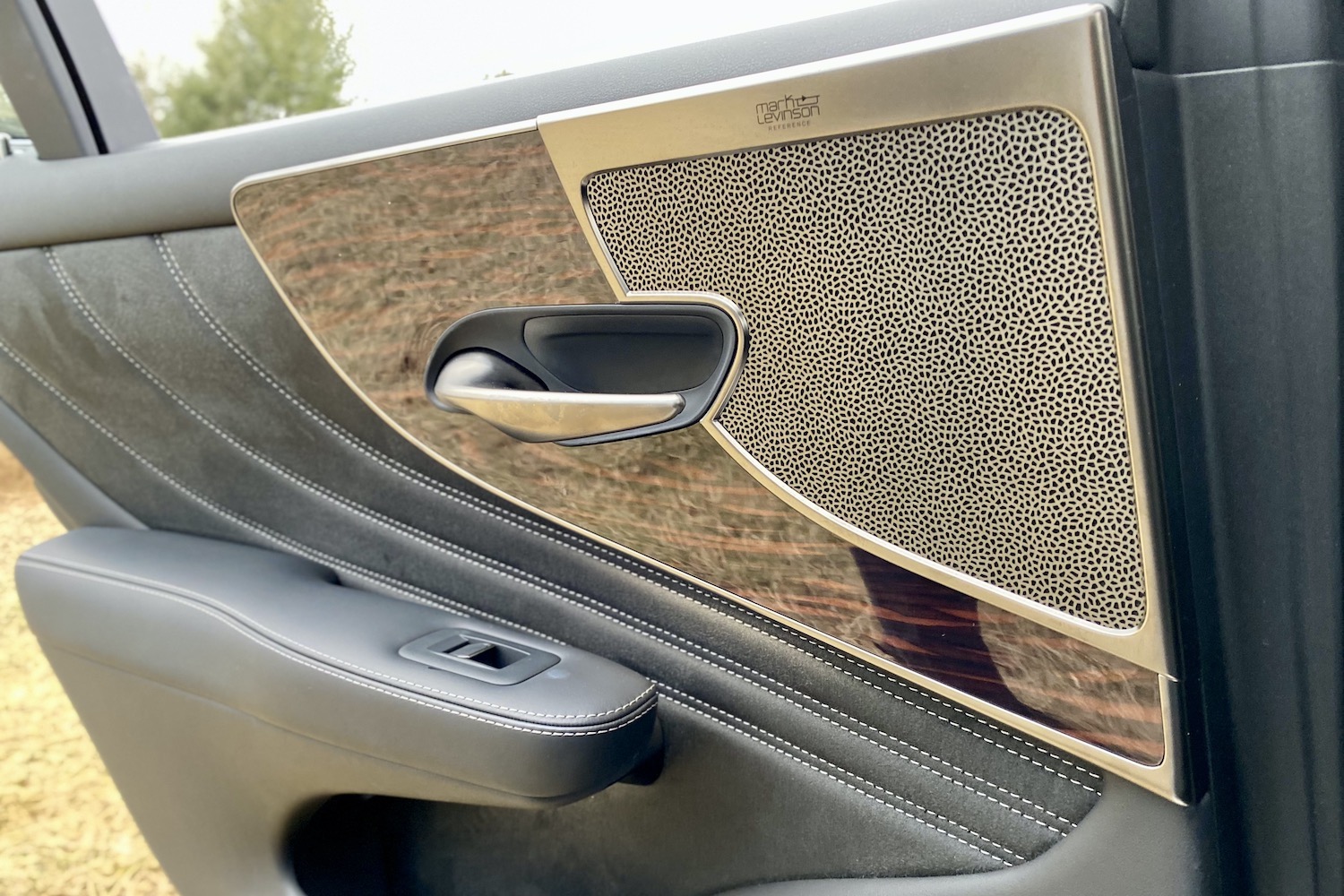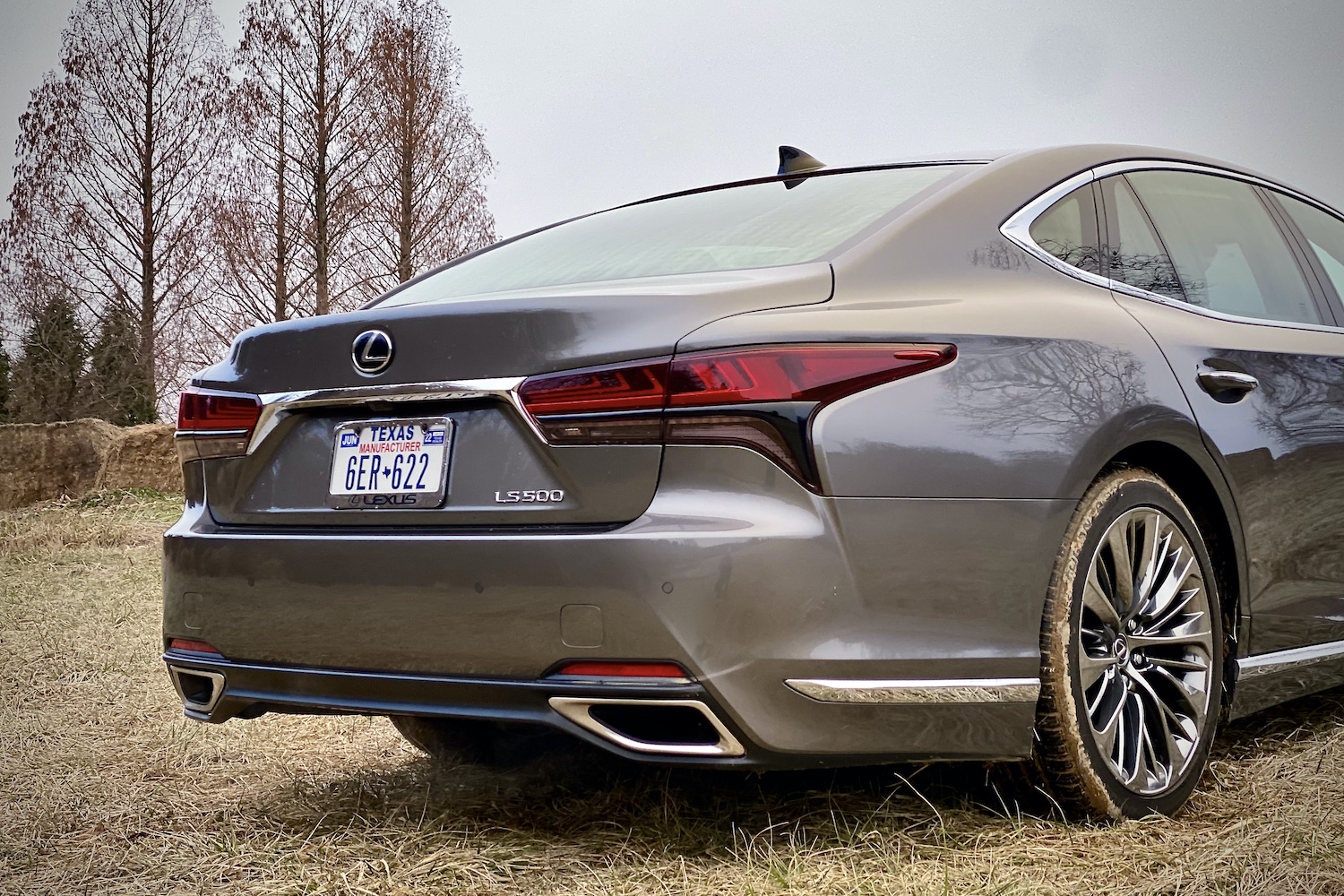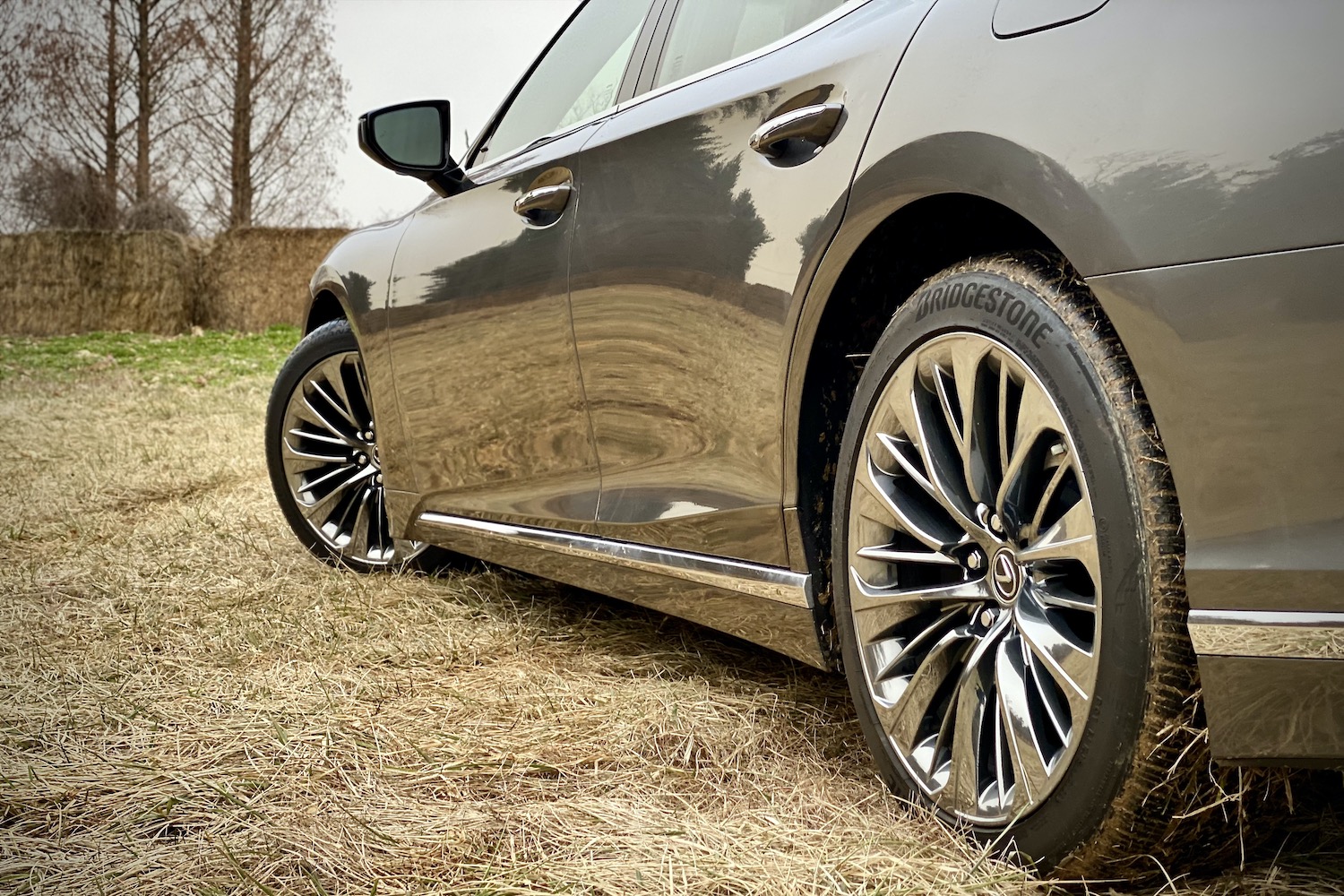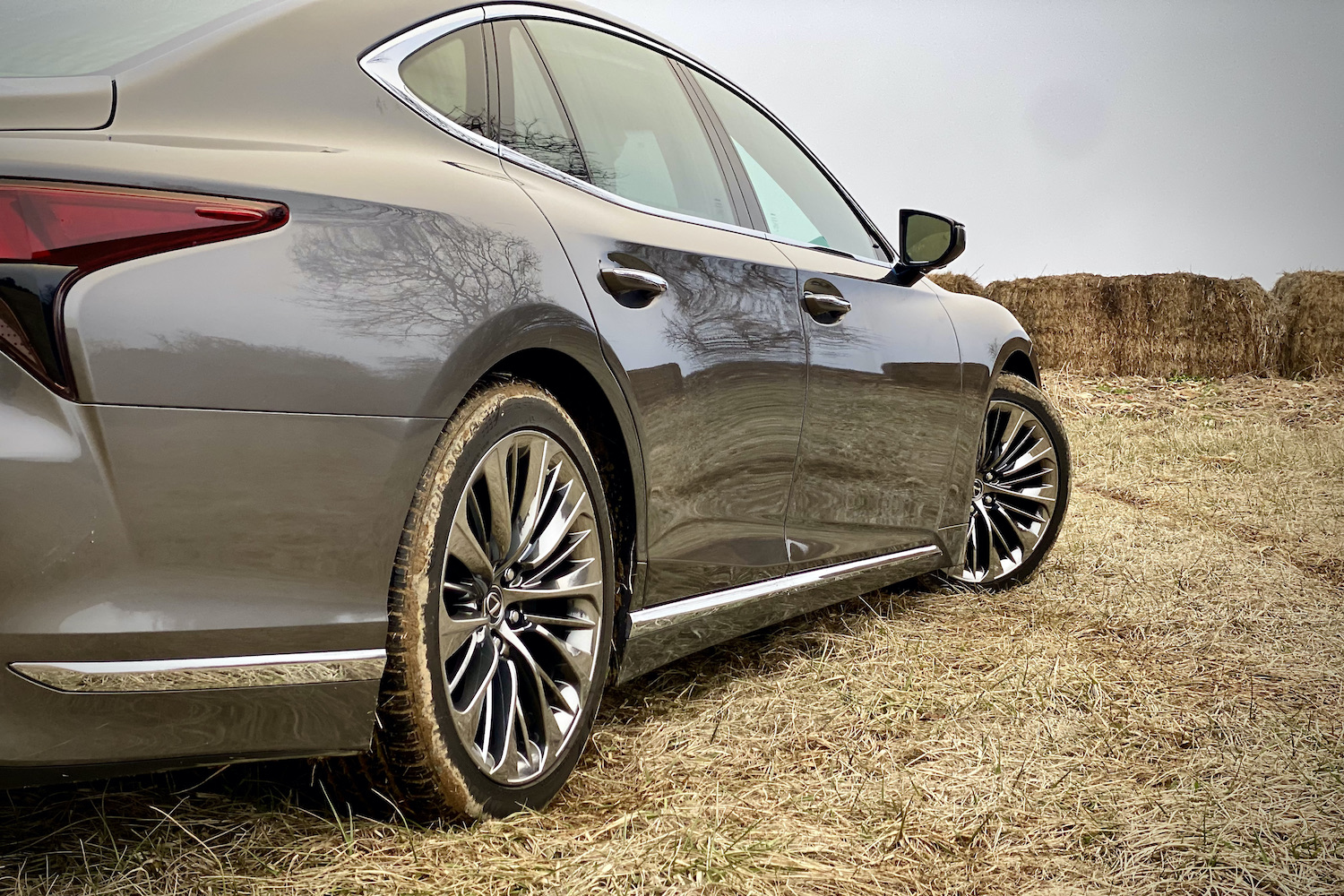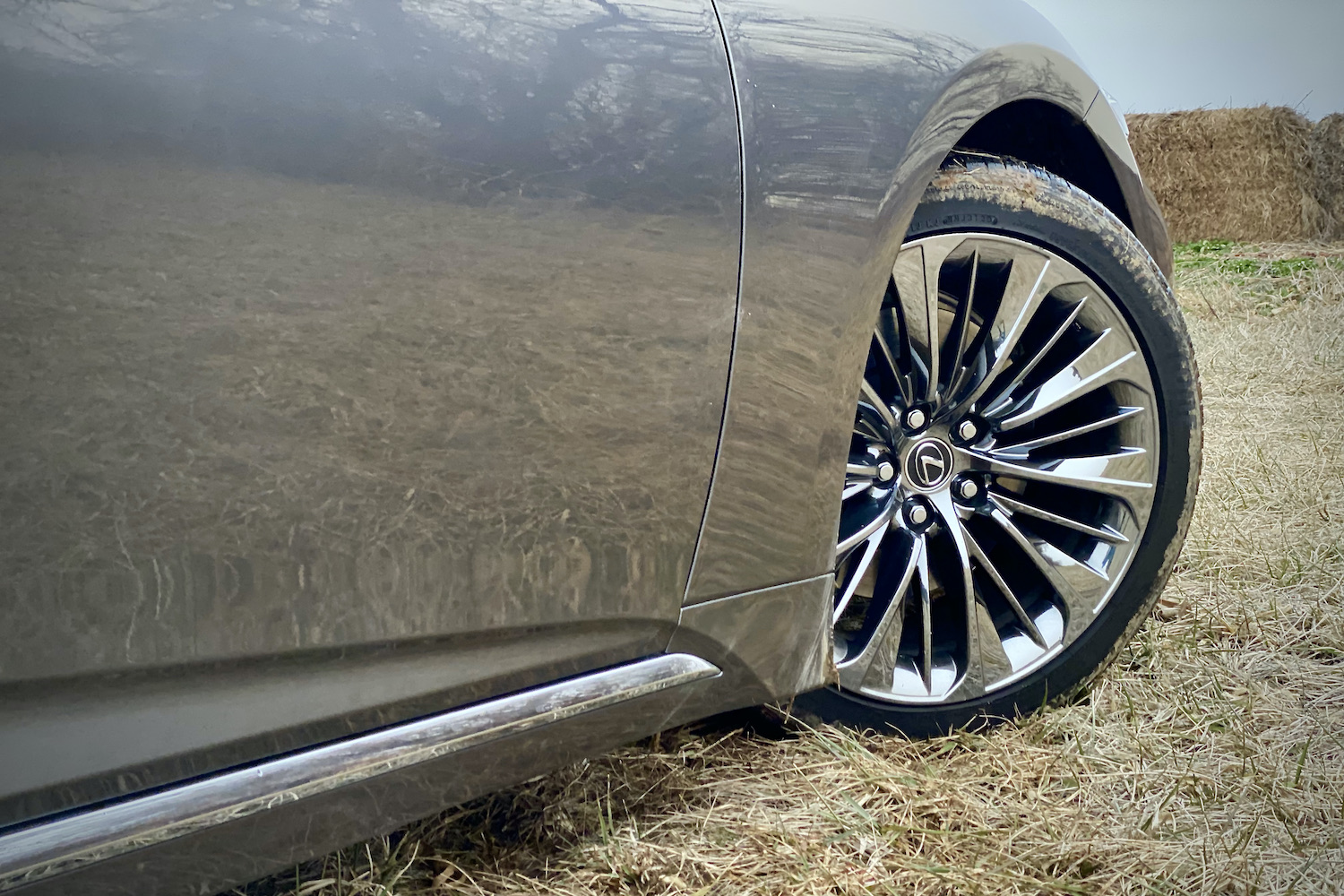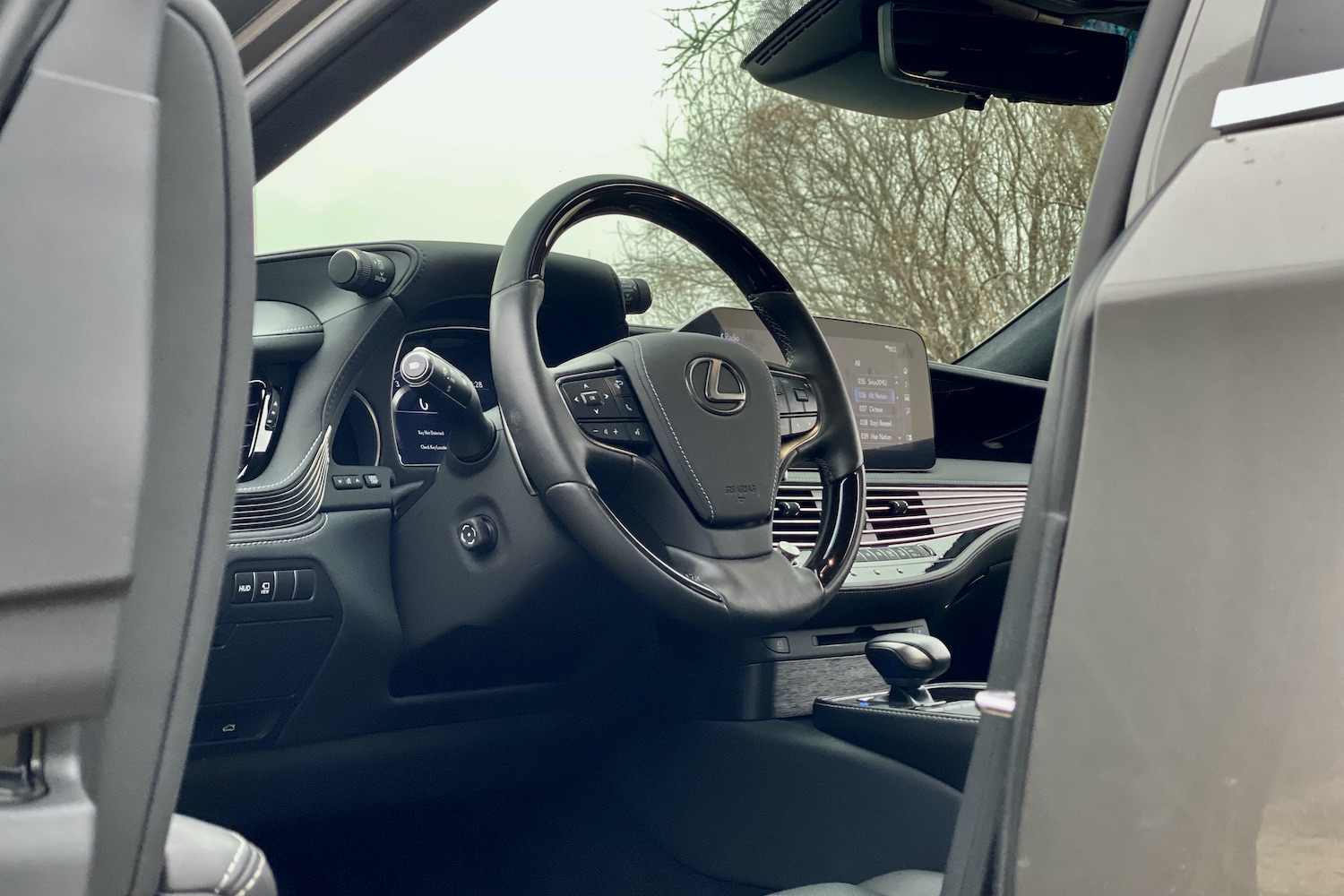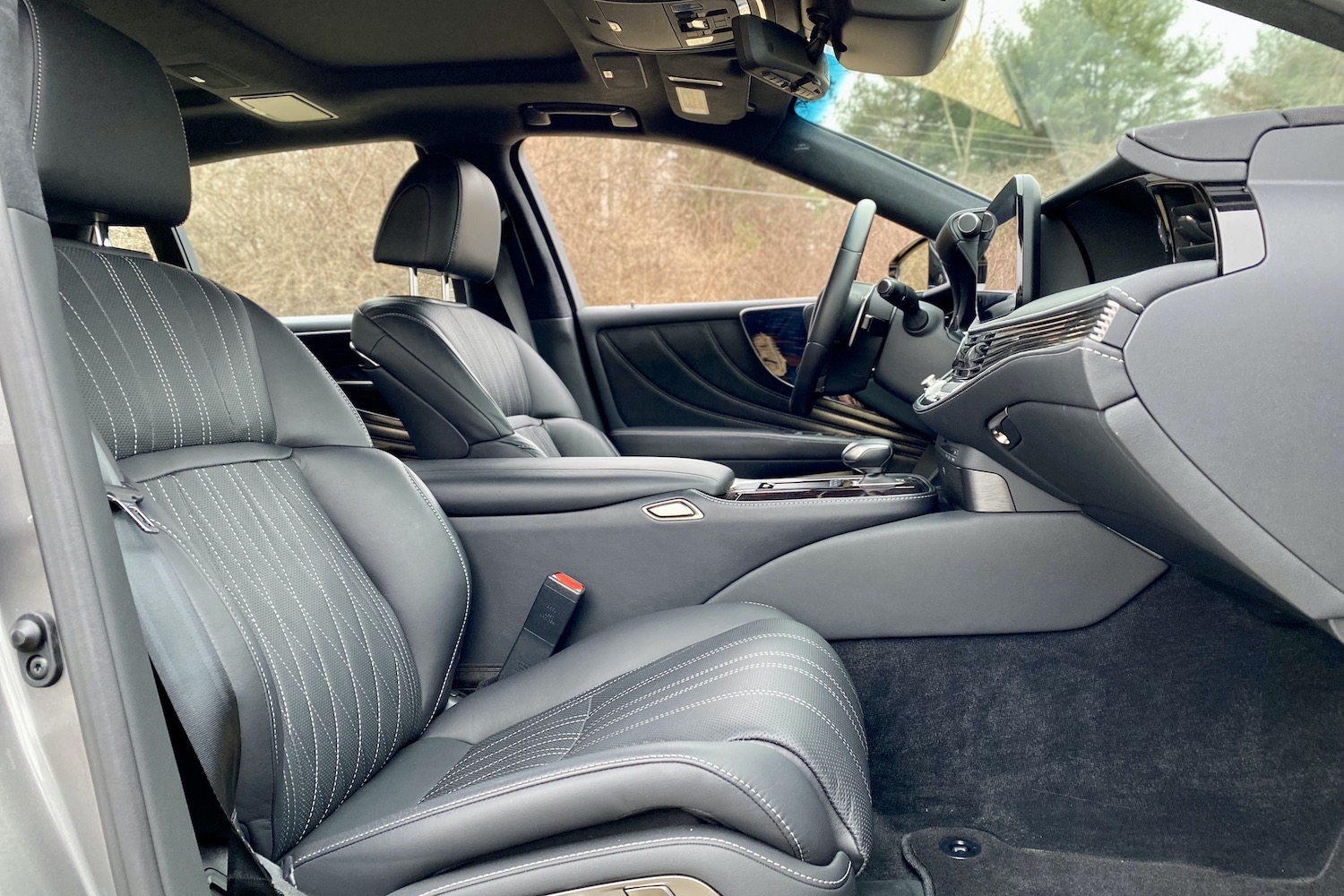Few cars carried the weight of an entire automaker like the Lexus LS400 did when it arrived in the U.S. in 1990. Toyota, a brand known for making affordable commuter cars, decided it was time to take on the powers from Detroit and Germany with a luxury brand of its own for the American market. The result was the LS400.
The LS400 was a car that borrowed all of the best traits from the Mercedes-Benz S-Class, including how it drove and looked but cost far less. The flagship model set the tone for Lexus as a brand and all the other vehicles that would come to wear a Lexus badge. While the LS400 didn’t have the history of Mercedes, it offered nearly the same amount of luxury in a far more affordable package that didn’t break and wasn’t nearly as costly to maintain.

Nowadays, Lexus is an established player in the luxury segment. The 2021 Lexus LS500 doesn’t need to worry about putting down a solid foundation for the automaker to build upon, and all it really needs to do is be equally as good as its German rivals like the S-Class. But that is harder than it sounds, as Mercedes went Super Saiyan with the S-Class to ensure it never loses its benchmark title ever again.
While the first LS400 boldly put Lexus into the luxury limelight, the LS500 draws attention to Lexus in an unflattering way. The LS500 has the necessary prerequisites to hang with the big boys, but it doesn’t have the performance, technology, looks, or stupefaction that’s required in a segment where six figures aren’t enough to impress. The wow factor that made the LS400 such an icon is sorely missing from the LS500.
Related Guides
Design and Interior
The LS500 takes an entirely different approach to being a luxury car on the design front from others in the class. Competitors go down the route of trying to impress subtly, while the LS500 is all about shock and awe. Lexus’ signature spindle grille sits larger and prouder on the LS500 than it does on the brand’s other sedans. It’s undoubtedly stirring, though in what kind of way depends on the person looking at it. Against the sedate rear end, the LS500 lacks a cohesive design. Angry at the front, mellow at the back, it feels disjointed.
The exterior may draw mixed opinions, but the interior is pure class. Intricate lines, gorgeous patterns, and stunning materials ensure no one will make any comments comparing the LS500 to a fancy Toyota. The flowing lines on the dashboard that feature integrated vents and kick up as they reach the instrument cluster are a design element you can get lost in. The available wood trim is another exquisite touch, and if you want to go all-in, there’s Kiriko hand-cut glass.
The LS500 really does bring the best of what Japan has to offer on the design front. It’s not as high-tech as the S-Class or as modern, but the LS500 is a gorgeous place to be stuck in traffic. Speaking of being stuck in traffic, the test vehicle Lexus let us borrow had 28-way power-adjustable massaging front seats that did wonders to relieve stress in stop-and-go traffic. It lasts for roughly 15 minutes, but it’s a wonderful 15 minutes. The test vehicle also came with the $16,855 Executive Package bringing 18-way power-reclining outboard rear seats and a nifty 7-inch touchscreen in the rear where passengers can fine-tune a dizzying number of settings to make the back as comfortable as possible.
Because of the way the LS500 drives, the rear seats are the place to be. The semi-aniline leather upholstery is soft, and the headrests are oh so plush. It’s difficult not to zone out on a long drive when you’re relaxing in the back. There’s so much space, and it’s just so pretty.
The large issue with the Lexus, which has become a recurring theme with the brand, is that the tech is from a different era. For 2021, there’s a new 12.3-inch touchscreen that’s massive, but the menu structure is hopeless, and the touchpad is as much of a chore to use as a manual lawnmower. The digital instrument cluster is hopelessly tiny compared to what you’ll find in other modern options, and Lexus has decided to offer the same twist-style knobs above the instrument cluster that are seen on its lower sedans. With the controls allowing the driver to sort through drive modes and adjust traction control, they feel out of place in this application.
Another gripe is the gear shifter. It has one of the most confounding patterns to put the sedan into Drive and Reverse. It has this joystick-like functionality that requires you to go to the left and then up to get into Drive or left and then down to get into Reverse. If you don’t do the move-up or down quickly enough, you land into natural. Getting into Manual mode is a pull-down on the gear shifter, but you have to push to the left and then down again to get back into Drive. If you’re having a hard time trying to picture this in your head, try wrapping your head around it when you’re on the highway traveling 70 mph with the car in neutral while frantically trying to figure out why the car won’t go into Drive. Instead of reinventing the shifter, Lexus should have focused on upgrading the LS500’s tech.
Driving Experience
Consumers searching for an option in this segment expect some firepower, but instead of an eight-cylinder engine, the LS500 comes with a turbocharged V6. Luxury consumers want and expect the best of the best for sedans with a six-figure price tag, which is why V8s are so popular in this class. The LS500’s V6 may be lacking two gears, the same gut-punch or aural note as German V8s, but it still packs a wallop.
The twin-turbo 3.5-liter V6 engine in the LS500 is rated at 416 horsepower and 442 pound-feet of torque. These figures don’t sound like much on paper, but the important thing is that the sedan glides effortlessly down the road. When left to do its own thing at a pleasant pace, the 10-speed automatic transmission is one of the smoothest transmissions. It delivers unnoticeable shifts in a spell-binding way that hides how quickly you’re going as long as you’re accelerating up to a high speed. Try to rush the gearbox by using the paddles or by stomping on the throttle to pass on the highway, and it reverts to being dim-witted and slow. The powertrain is all about cruising and does its best when not being rushed.
Despite coming with hefty 19-inch wheels, the LS500’s adaptive air suspension does a commendable job of stopping bumps from being felt in the cabin. It’s glorious on the highway and sublime on smoother roads, with rough roads only letting a hint of how bad things have gotten for the asphalt on the inside.
The fact that Lexus decided to include Sport and Sport S+ modes with the LS500 is another head-scratcher. These drive modes don’t do much to change the way the LS500 drives but pump engine noise into the cabin in an unappealing way. The LS500 should only come with two modes — Comfort and Eco, and these match the LS500’s character the best and don’t in any way influence the enjoyability of the sedan.
Should You Get One?
No. Throughout the week with the car, I kept trying to find the ideal person that would buy this car. And I ended up with nothing. I really don’t know who this car is for. Maybe a wealthy businessman who realizes that they only have to purchase one more car before moving to a retirement home but wants to get into something luxurious and stylish that will leave some money for the grandkids? Consumers searching for a six-figure luxury car will naturally gravitate toward the Mercedes-Benz S-Class because it’s the best at what it does. Or, if you’re really trying to save money, you’ll probably be willing to take your chances with something from Genesis, like the G80.
Since the LS nameplate came out some 30 years ago, the landscape has changed drastically. The sedan that was once a leader has become an afterthought. It’s sad to see. Some people will buy the LS because it looks sharper than anything else in the class, while others will prefer its longevity and reduced cost of ownership compared to German counterparts. With the original LS, these were bonus points, and with the new LS500, they’re the main selling points.

